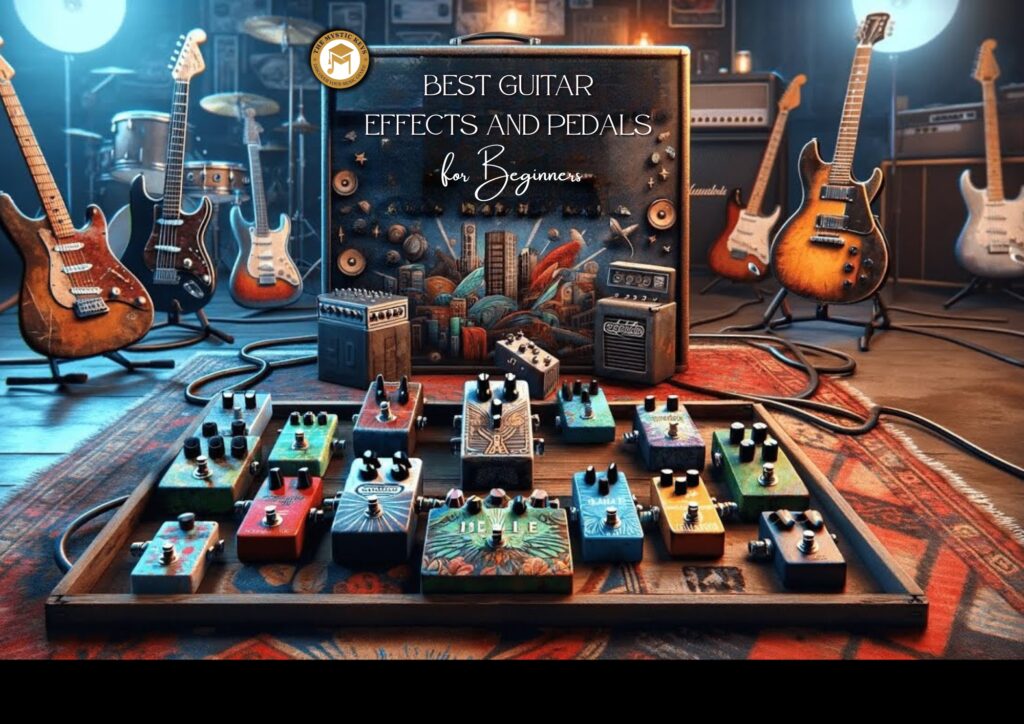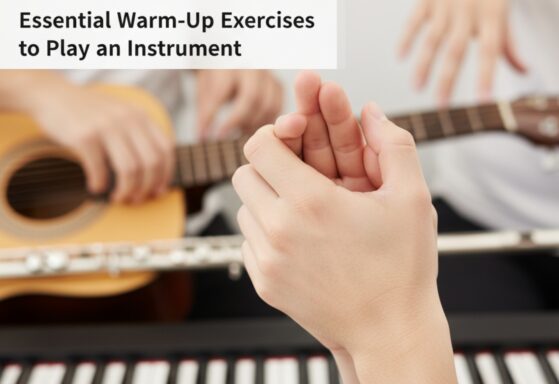The Best Guitar Effects and Pedals for Beginners
Guitar pedals and effects are essential tools that open up an entirely new world of sound possibilities. They can transform a simple, clean guitar tone into something rich, expressive, and uniquely your own. Whether you’re aiming for the warm crunch of classic rock, the ambient echoes of modern pop, or the punchy bite of metal, effects pedals make it all possible.
For beginners, however, this world can feel a bit overwhelming. With countless options, unfamiliar terminology, and seemingly complex settings, it’s easy to feel lost. But here’s the good news: you don’t need to be an expert to start exploring. Even at the earliest stages of your guitar journey, pedals can become your creative allies—helping you discover your tone, shape your style, and simply have more fun while playing.
In this blog, we’ll walk you through the best guitar effects and pedals for beginners. We’ll break down what each pedal does, how it can enhance your sound, and why it’s worth adding to your setup. By the end, you’ll have a clear roadmap to start building your own collection of effects—without the confusion.
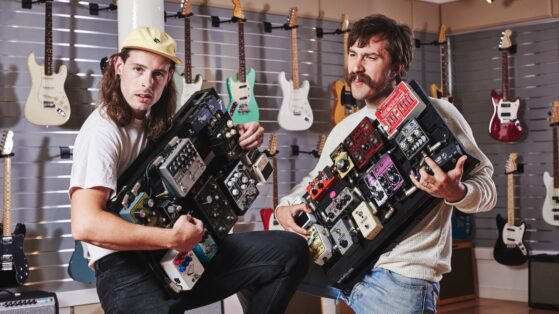
Why Should Beginners Use Guitar Effects?
When you start playing guitar, your focus is on basics like chords, scales, and music theory. As you grow more comfortable with these foundations, you’ll naturally begin exploring how to shape your guitar’s sound. This is where effects pedals come into play.
Pedals provide a unique way to enhance and transform your tone. Whether you want to add depth, warmth, or edge, they offer endless possibilities to create sounds from a variety of genres.
For beginners, pedals aren’t just about improving tone—they’re also essential learning tools. They teach you how to shape your sound and unleash your creativity. With the right pedals, you can stay motivated, spark fresh ideas, and open the door to new musical possibilities.
As you begin experimenting with pedals, you’ll discover how they can breathe new life into your playing. Each effect offers a different way to express yourself and expand your sound. The more you explore, the more you’ll understand how to combine them in ways that suit your style.
Pedals also help you break out of creative ruts, offering a fresh perspective on your music. Instead of simply practicing scales or chords, you’ll be actively engaging with your instrument, crafting unique sounds that reflect your artistic growth. Over time, you’ll learn to seamlessly integrate these effects into your music, making them an essential part of your guitar-playing journey. Before long, your pedalboard will feel like an extension of yourself, amplifying your musical identity in ways you never thought possible.
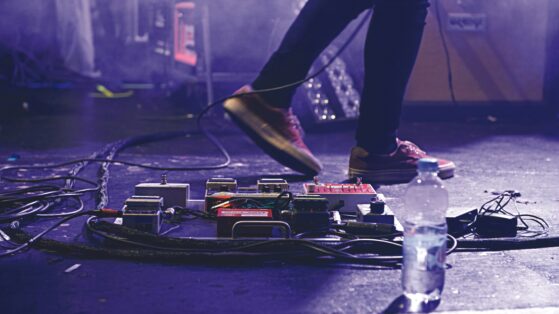
Understanding Guitar Pedals | A Quick Overview
Before we dive into the best guitar effects and pedals for beginners, it’s important to first lay the groundwork by understanding what guitar effects actually do. After all, having a clear grasp of the basics will help you make more informed decisions as you begin to shape your sound.
So, what exactly are guitar pedals? Put simply, these are compact devices that alter your guitar’s tone by adding various effects. Depending on the type of pedal, these effects can range from subtle enhancements that add richness and dimension to bold, dramatic changes that transform your tone entirely.
With that foundational knowledge in place, the next logical step is to explore the best guitar effects and pedals every beginner should consider. By starting with a few essential tools, you’ll gain the confidence to experiment and the freedom to develop your own unique sound with creativity and control.
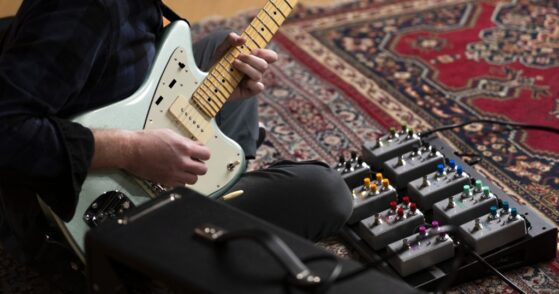
Overdrive Pedal | Your First Step into Distortion
To begin with, let’s talk about overdrive—one of the most essential and beginner-friendly pedals available. Overdrive simulates the sound of a tube amp being pushed to its limits. It gives your tone a warm, crunchy character that works beautifully for blues, classic rock, and even worship music.
Furthermore, overdrive is incredibly responsive to your playing dynamics. Strum harder, and it bites; play softer, and it smooths out. Because of this, it’s a fantastic first pedal for understanding how effects can interact with your touch.
Recommended for Beginners:
Boss SD-1 Super Overdrive – Classic tone, simple controls.
Ibanez Tube Screamer Mini – Compact, legendary sound.

Distortion Pedal | When You Need More Power
While overdrive offers a pleasing, mild crunch that works well for classic rock and blues, there inevitably comes a point where you crave more intensity. At that stage, your journey naturally leads to distortion pedals. These devices, unlike overdrive, push your sound into a heavier, more aggressive territory. As a result, they’re a go-to choice for hard rock, punk, metal, and any genre that demands raw power.
Moreover, distortion doesn’t just amplify your tone—it completely transforms it. Your solos begin to cut through the mix with searing energy, while your riffs develop a bold, commanding presence. In addition, distortion enhances sustain, allowing notes to ring out with drama and attitude.
As you explore further, you’ll quickly notice how distortion can infuse your entire playing style with a new sense of urgency and drive. In essence, it becomes not just an effect, but a core part of your musical identity—helping you express yourself with grit, volume, and passion.
Recommended for Beginners:
Boss DS-1 Distortion – Affordable, iconic, and easy to use.
Electro-Harmonix Big Muff Pi – Fuzzier and thicker, great for experimental tones.
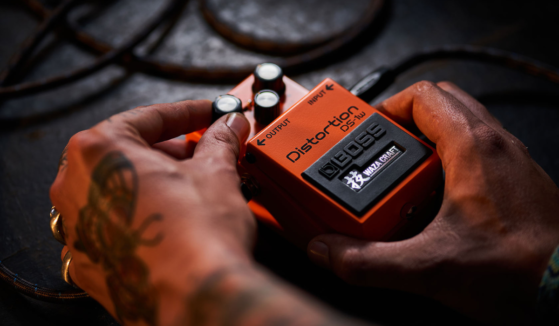
Delay Pedal |Adding Echo and Atmosphere
Once you’ve dipped your toes into distortion, it’s time to add some dimension to your sound. That’s where delay comes in. Delay pedals repeat your notes at adjustable intervals, allowing you to create anything from slapback echoes to ambient soundscapes.
As you continue exploring your sonic identity, delay pedals help you discover space, rhythm, and mood. They’re especially fun during solos or layered chord progressions.
Recommended for Beginners:
TC Electronic Flashback Mini – Compact and full of features.
Boss DD-3 – Trusted by players for decades.
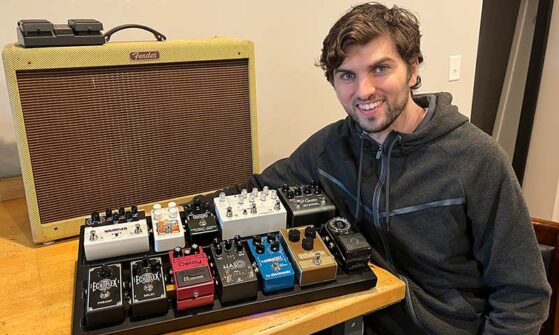
Reverb Pedal | Bringing Depth to Your Sound
While delay creates repetition, reverb creates space. Imagine playing your guitar in a concert hall, a cathedral, or a small room—reverb can simulate each of those environments. As a result, your sound becomes fuller and more expressive.
Moreover, reverb can smooth out sharp edges and make your tone feel more “alive.” Many amps include built-in reverb, but having a dedicated pedal gives you more control and variety.
Recommended for Beginners:
TC Electronic Hall of Fame 2 – A flexible, all-in-one reverb solution.
Boss RV-6 – Great for everything from subtle ambiance to dramatic trails.
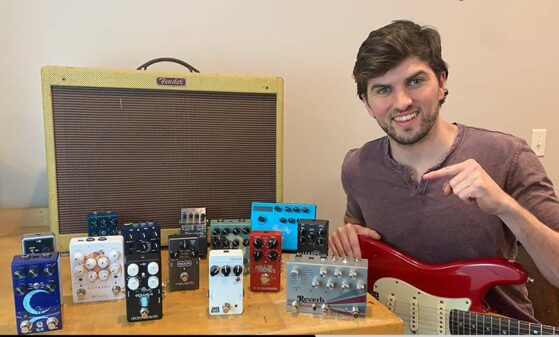
Chorus Pedal | Make Your Guitar Sound Bigger
As your effects chain starts to grow, you might want to experiment with chorus. This effect thickens your tone by duplicating the signal, slightly detuning and delaying it to create a shimmering, multi-guitar effect. Think of it as making your single guitar sound like a small ensemble.
Chorus is especially useful for clean tones, adding richness and motion without overwhelming the original signal. It shines in genres like pop, indie rock, and funk.
Recommended for Beginners:
MXR M234 Analog Chorus– Warm, vintage character.
Boss CH-1 Super Chorus– Bright and classic.
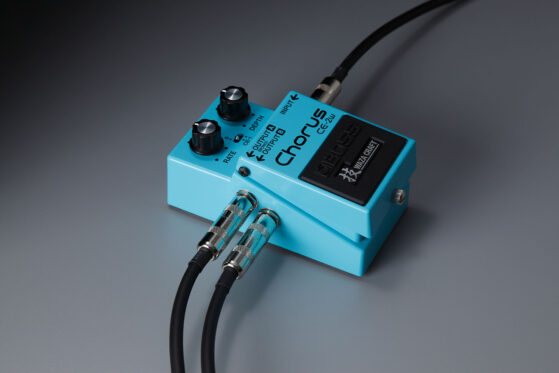
Wah Pedal | Express Yourself Like Never Before
Once you’re comfortable with the basics, you might feel ready to explore something more expressive—and that’s when the wah pedal enters the scene. Activated by rocking your foot back and forth, this pedal filters your tone to create vowel-like sounds. You’ve probably heard it in funk, blues, and even rock solos.
Though it takes some coordination at first, wah is incredibly fun and can breathe new life into solos or rhythm parts.
Recommended for Beginners:
Dunlop Cry Baby Wah– The most famous and widely used wah pedal.
Vox V847 Wah– Smooth sweep and classic tone.
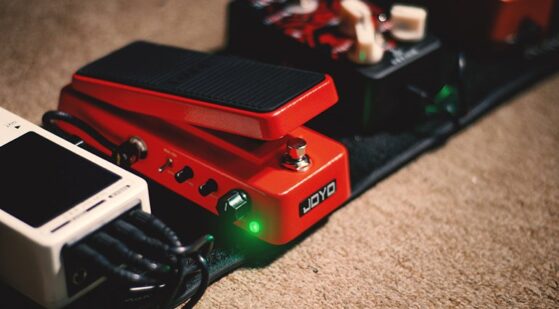
How to Build Your First Pedalboard
Now that you know the essential pedals, you might be wondering how to put them together. Building a pedalboard doesn’t have to be complicated. In fact, many beginners start with just two or three pedals and add more as they go.
Start Simple: Begin with a tuner (yes, that’s a pedal too!), overdrive, and delay. That setup covers tone shaping, rhythm enhancement, and ambiance.
Arrange Thoughtfully: Typically, pedals are ordered from tuners and distortions (first) to modulation and time effects like chorus, delay, and reverb (last).
Use Patch Cables: Short cables help connect your pedals neatly. Add a power supply or daisy chain to keep everything running smoothly.
As you gain experience, your pedalboard will grow naturally—shaped by your style and musical needs.

Tips for Choosing the Right Pedals
Before you go shopping, here are a few things to keep in mind:
Stick to the Basics First: Don’t buy five pedals at once. Start small, get familiar with them, and expand later.
Buy Quality, Not Quantity: A few good pedals will take you further than a dozen cheap ones.
Think About Your Genre: Rock players might prioritize distortion. Ambient players might start with delay and reverb.
Try Before You Buy (if possible): If there’s a local store nearby, test pedals out before committing.
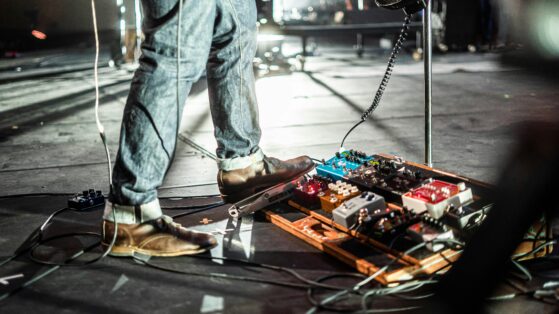
Conclusion
Choosing the right guitar pedals as a beginner can be a game-changer in your musical journey. The pedals mentioned in this guide are a great starting point, allowing you to explore a wide range of sounds and effects. Remember, the key is to experiment, have fun, and take your time to understand each effect and how it can enhance your tone.
As you progress, you’ll develop your unique style, and your pedalboard will evolve. Don’t be afraid to try new pedals and explore different effects—after all, it’s all about finding your sound and expressing your creativity.
If you’re ready to dive deeper into guitar playing and effects, consider signing up for Electric Guitar Lessons Online where you can learn how to master these pedals, from basic to advanced techniques. Start your journey and let your guitar tone shine!
Related Blogs
How to Train Your Ear for Better
Guitar Playing
Want to improve your guitar playing? Learn how to train your ear to recognize chords, melodies, and harmonies, boosting your musical skills and confidence
How to Transition Smoothly Between Chords on Guitar
Struggling with chord transitions? Learn practical techniques to switch between chords smoothly, improve finger placement, and enhance your guitar playing skills.
Breaking Down Music Theory for Guitarists | The Easy Way
Struggling with music theory for guitar? Learn how to understand chords, scales, and keys easily with this beginner-friendly guide.


